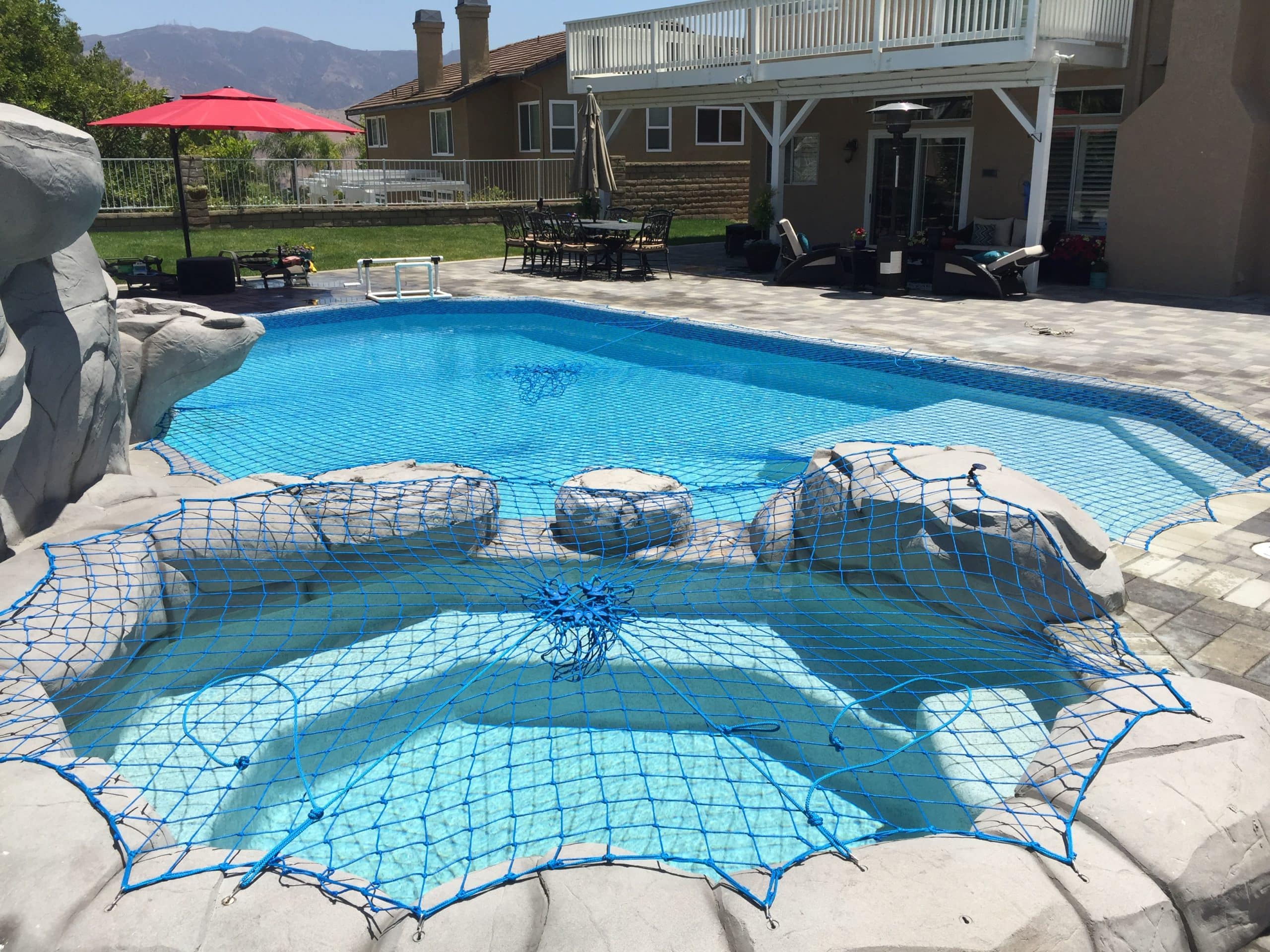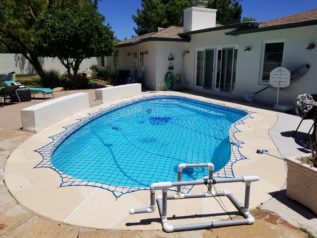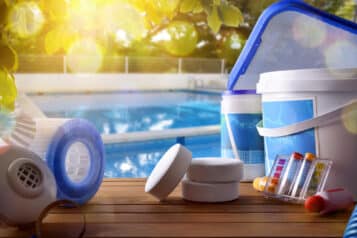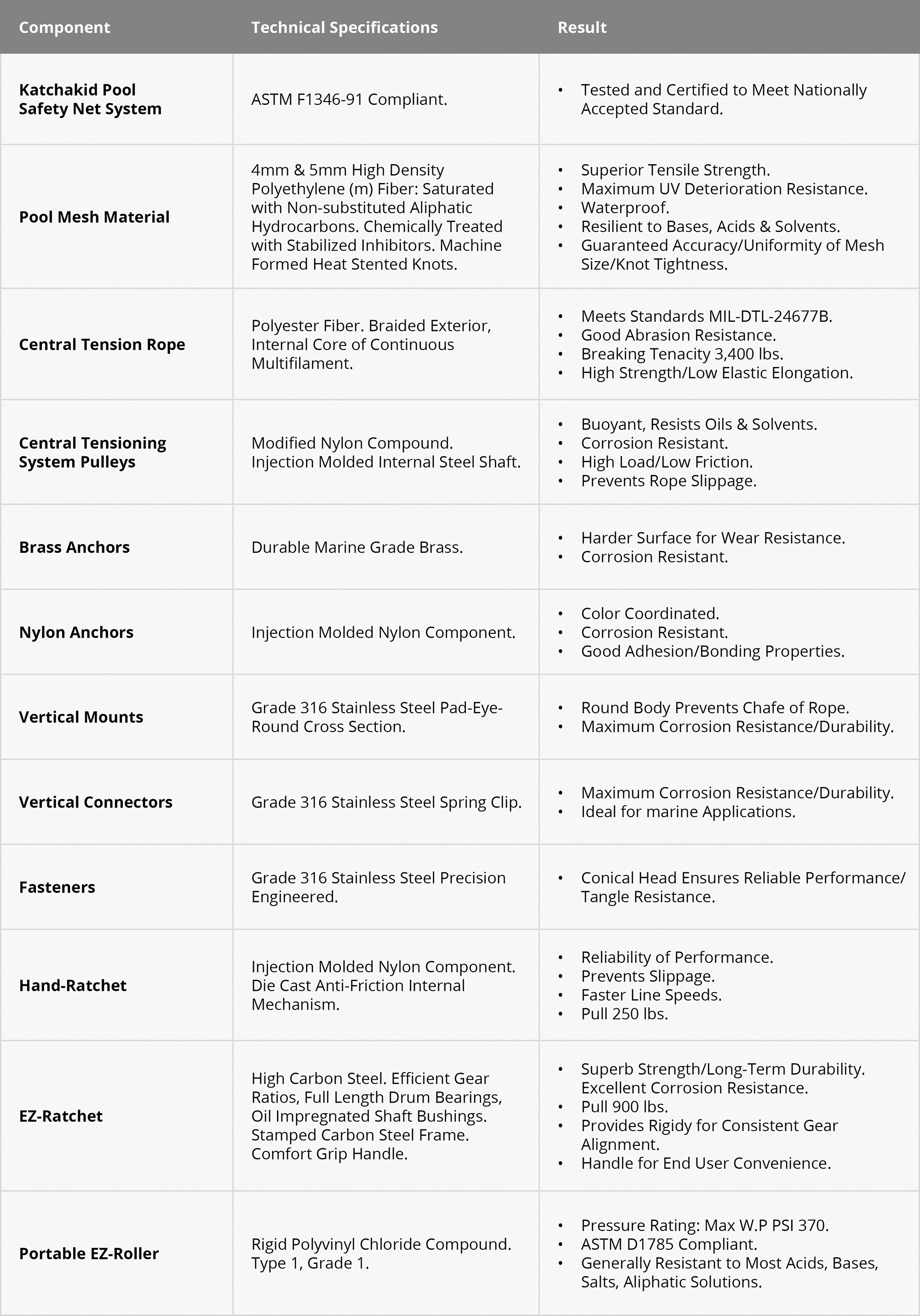The Critical Importance of Pool Barriers in Preventing Tragic Drownings
Having a pool in your backyard can be a source of great joy and relaxation.It’s a private oasis that promises endless summer fun, fitness, and family memories. However, with the luxury of a home pool comes the profound responsibility of ensuring safety, especially when it comes to preventing accidental drownings. If your pool is currently without a barrier, it’s time to ask yourself, “Why not?”
The Stark Reality: Drowning Statistics
According to the World Health Organization, drowning is the 3rd leading cause of unintentional injury death worldwide, accounting for 7% of all injury-related deaths. The Centers for Disease Control and Prevention (CDC) states that in the United States, there are an average of 3,536 fatal unintentional drownings annually – about ten deaths per day. Furthermore, for every child who dies from drowning, another five receive emergency department care for nonfatal submersion injuries, some with severe brain damage.
Children aged 1-4 have the highest drowning rates, and most of those drownings occur in home swimming pools. Such grim statistics underscore the critical importance of having a pool barrier. Yet, some homeowners still have unprotected pools.

The Purpose of Pool Barriers
A pool barrier serves one primary purpose: to prevent access to the pool area, particularly by children, pets, and wildlife, when supervision is not present. This barrier can significantly reduce the risk of accidental drowning. The Consumer Product Safety Commission (CPSC) reports that isolation fences, which completely separate the pool area from the house and yard, reduce a child’s risk of drowning by 83% compared to three-sided property-line fencing.
Common Excuses for Not Installing a Barrier
Some of the common reasons why pool owners may not have a barrier include:
- Aesthetic Concerns: Homeowners worry that fences may detract from the visual appeal of their pool area.
- Cost: The expense of installing a barrier can be considerable, leading some to delay or avoid it.
- Inconvenience: Gates or covers can be seen as a hassle, complicating quick access for a swim.
- Misplaced Confidence: Some people believe that close supervision is enough, or that drownings happen to others, not to them.
Why These Excuses Don’t Hold Water
- Aesthetic Concerns: Modern barriers come in various styles and designs that can complement your landscaping and pool design. Many can be both functional and stylish.
- Cost: While there’s an upfront cost, numerous affordable options exist, and the investment pales in comparison to the potential cost of a life lost or the lifelong care expenses for a child who has suffered a brain injury.
- Inconvenience: The slight delay in accessing your pool is negligible when weighed against the potential for saving a life. Many barriers now offer user-friendly access that does not significantly impact convenience.
- Misplaced Confidence: Supervision can fail. Adults get distracted, and it takes only a moment for a child to slip away unnoticed. Also, community tragedies happen in pools of all kinds, regardless of the vigilance of parents.
Taking Action
If you own a pool without a barrier, consider these actions immediately:
- Assess the Options: Look into different types of barriers – fences, covers, and alarms – and determine what works best for your situation.
- Consult the Experts: Professional pool safety consultants can offer tailored advice and solutions.
- Get Educated: Take water safety courses, and ensure that anyone who uses the pool understands the rules and emergency procedures.
Installing a pool barrier is a critical step in ensuring safety around your pool. It’s not just about compliance with laws or insurance policies; it’s about the value you place on life, particularly the lives of the youngest members of our families. The question isn’t just “Why don’t you have a barrier?” but “Can you afford not to have one?”
Resources for Further Information
- World Health Organization (WHO): Global Report on Drowning
- Centers for Disease Control and Prevention (CDC): Unintentional Drowning: Get the Facts
- Consumer Product Safety Commission (CPSC): Safety Barrier Guidelines for Residential Pools
In conclusion, if your pool is lacking a barrier, it’s time to rethink your pool safety strategy. Inaction is not a risk worth taking, not when the stakes are as high as a human life. Make the smart choice today; secure your pool, and rest easy knowing you’ve taken a significant step in preventing unnecessary tragedy






